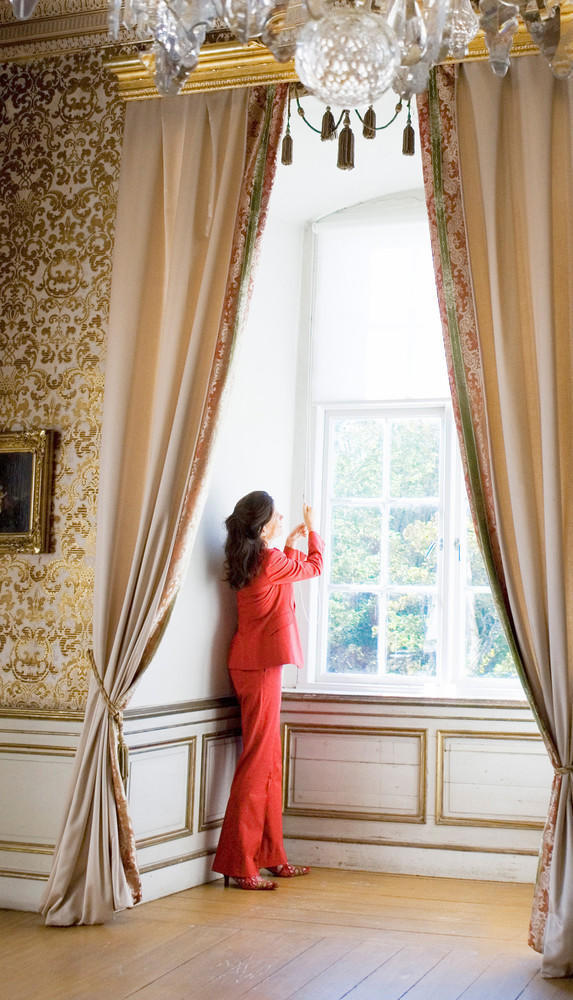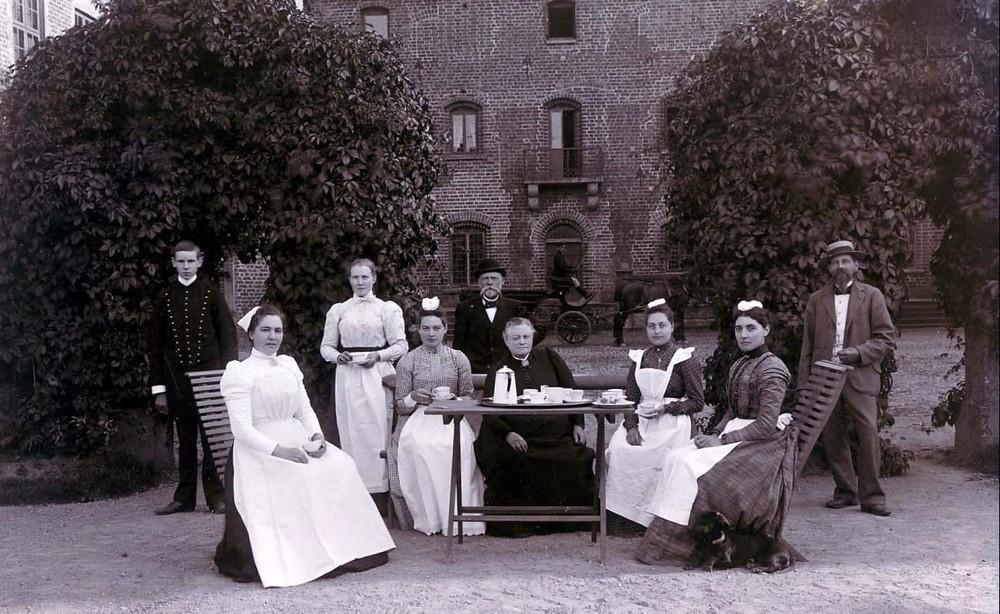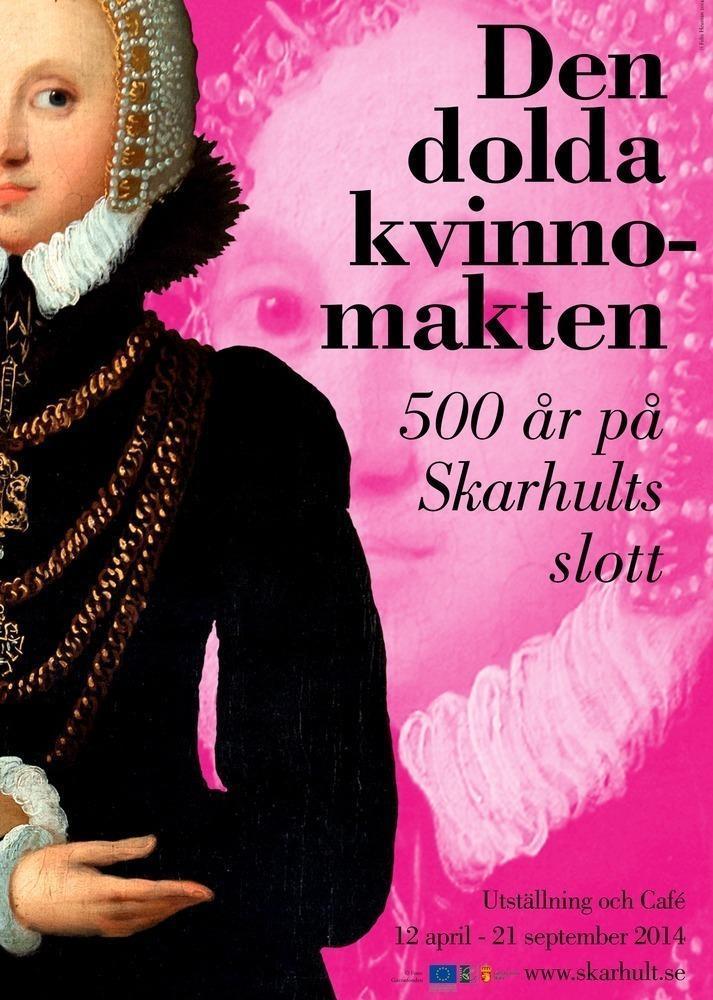Power in Disguise
“What does a chatelaine do? I asked myself puzzled when I, a girl from Stockholm, moved into the large Scanian 16th century castle. The halls answered with echoing silence. Curious about my predecessors, I began to flip through the archives in the attics. Bit by bit, an unexpected picture fell in place and a fascinating story about women emerged. Along with a number of famous Swedish authors and historians, I presented the answer to my question in a new book from Atlantis Förlag as well as in an exhibition at the castle. On Saturday the 12th of April 2014, Skarhult opened to the public for the first time in 500 years.”
– Alexandra von Schwerin
History has a white spot
For centuries, women have been formally minors and lacked property rights. When sons were missing, the eldest daughter’s husband automatically became the owner. Only gentlemen. Where was the other half of humanity? When I asked the historians, they replied: “Well, no one usually asks about women”. Then we started digging in earnest. And the research gave the answer: There is a white spot in Swedish history.
Women had power
Universities and schools tell little or nothing about this. Therefore, many still equate Sweden’s history with powerful men – from Per Albin Hansson via Karl XIV Johan, Carl von Linné and Axel Oxenstierna to Sten Sture and Ansgar. Since women’s signatures are rarely found in historical documents such as contracts, today’s view on women in history has come to be characterized by a fundamental misconception: that women lacked power. But in reality, women often exercised power, great power – over farms, trading houses and even whole kingdoms. Half of Sweden’s history is unknown. Until now.


Power in disguise wants to spread insight into how women historically exercised power. The conditions were not the best. They were excluded from higher offices, not allowed to go to university and lacked the right to vote. Marriage was a financial project and a woman went from father to husband. She first became independent as a widow. But the women at Skarhult are interesting because they show how the obstacles of the time could be overcome. The name of the person who built the castle was Mette Rosenkrantz. Stina Piper received it as a wedding gift. Beata von Königsmarck ran it for over half a century. The story of these women’s captivating fates has never been told before.
Where? At Skarhult’s castle, situated between Lund and Eslöv in Skåne.
When? Skarhult’s castle and exhibitions are now closed. You can see the movies on the exibition here.
How? Exhibition in the castle’s parade floor, guided tours, walks in the park, and a café. The book, published by Atlantis, is richly illustrated and brings out new research about the women who lived and were active at Skarhult.

Why?
· To, for the first time ever, open one of Sweden’s best preserved renaissance castles to the public
· To tell the story of the disguised power of Swedish women
· To contribute to research in Swedish cultural and economical history as well as subscribe the fifteen chatelaines continuous historical context
· To give elderly and young examples of enterprising female entrepreneurs from history to counteract the myth about Sweden lacking female role models
· To bring life to and create a debate on our common history
· Read more about the background of the project here.
For whom? The exhibition is aimed at a broad public interested in history; to schools, universities, and to everyone who wishes to learn more about our common past. Guided tours are bookable for school classes, associations, and private individuals.
By whom? Alexandra von Schwerin, who since 2003 lives in and operates at Skarhult Castle together with Carl Johan von Schwerin, runs the project.
Contributors
· Dick Harrison. Professor of history at Lund University.
· Svante Norrhem. Professor of history at Umeå University.
· Eva Helen Ulvros. Professor of history at Lund University.
· Carin Bergström. Docent of history and superintendent at Kgl Husgerådskammaren.
· Angela Rundquist. PhD in ethnology at Stockholm University.
· Peter Ullgren. Docent of history at Linköping University.
· Scenography: Eva Canebro and Maria Kullenberg.
· Pedagogy: Hannah Fredriksson, Maria Olofsson, and Linnéa Hansson.